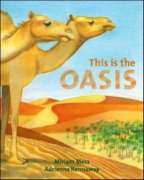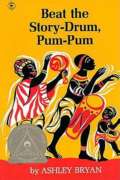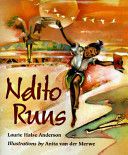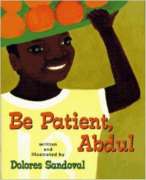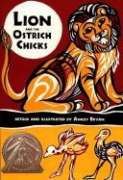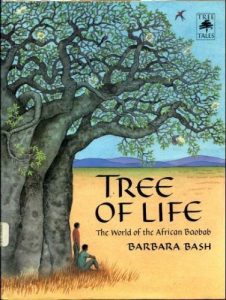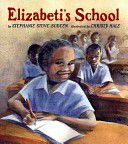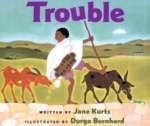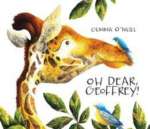
Geoffrey is a very tall, very clumsy giraffe. He tries to make friends with the animals down on the ground, but he just trips, slips, and falls . . . usually flat on his face.Poor old Geoffrey tries everything to fit in, but it’s only when he realizes that his height can be an advantage that he stretches out his long neck and finds a host of friends in the trees. Soon he discovers he can find friends just by being himself.


